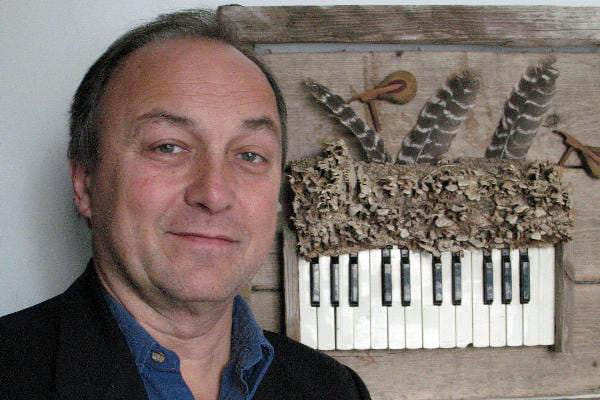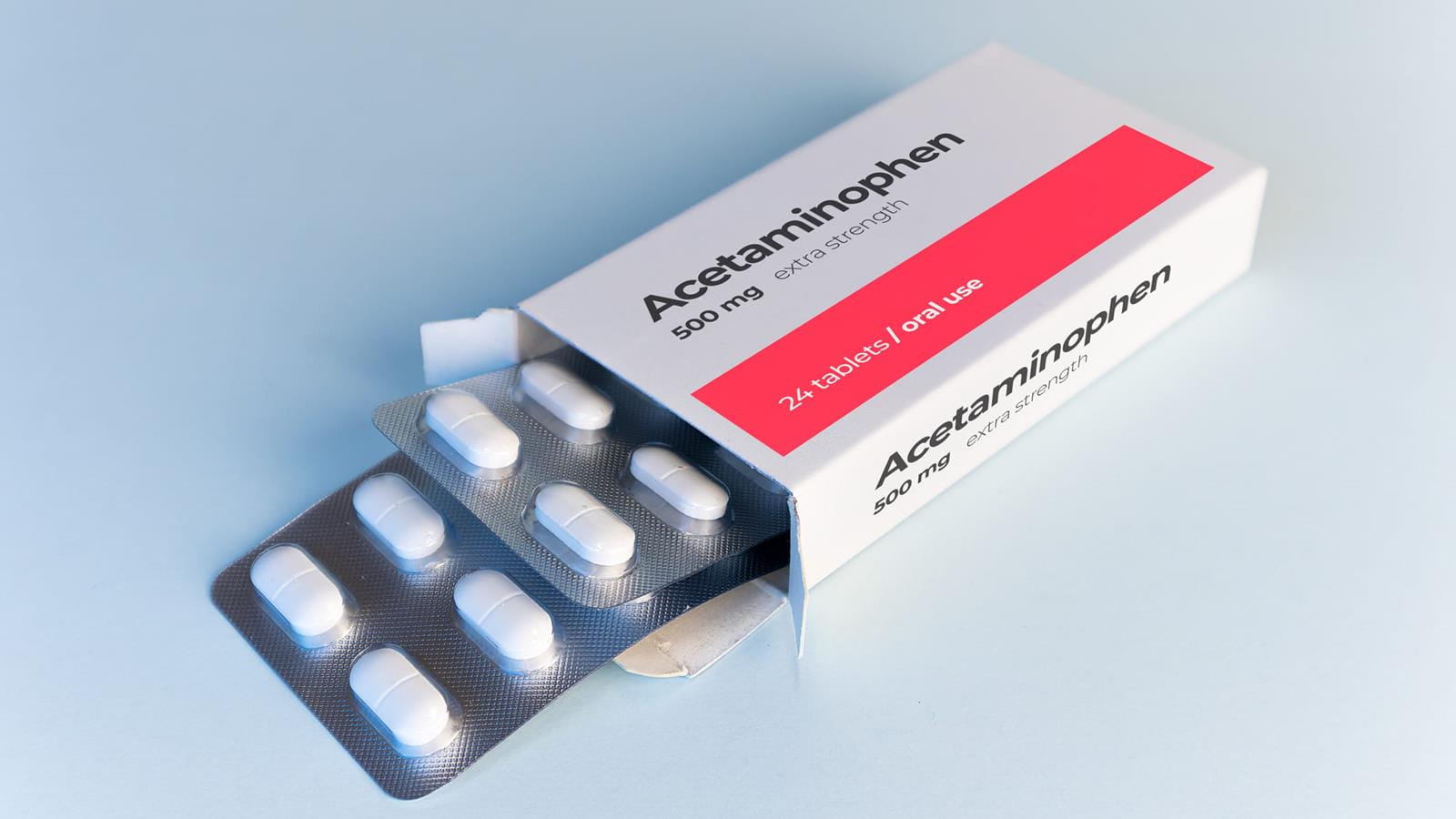Q&A with Paul Nolan: Music Therapy for Premature Babies

A lullaby can be more than just soothing for sleepy children – it can be healing therapy for infants who are born prematurely, according to recent research published in the journal Pediatrics. The study was conducted at the neonatal intensive care units (NICUs) in 11 hospitals around the country, and was one of the largest and most systematic studies of its kind. DrexelNow caught up with Paul Nolan, assistant clinical professor and director of music therapy education in Drexel’s Department of Creative Arts Therapies, part of the College of Nursing and Health Professions, to learn more about his involvement and this inspiring area of research.
What was your role in this new study?
This was a multi-site study that gathered data from 11 different hospitals around the country. I oversaw the work at one of those hospitals, as director of the Music Therapy Program in the Department of Creative Arts Therapies. One of my former graduate students, Carrie Davoli, who’s now in Los Angeles, worked with the neonatal intensive care unit at Hahnemann University Hospital as a board-certified music therapist. She and I received training on a few occasions from Dr. Joanne Loewy, the lead researcher at Beth Israel Medical Centers in New York and an adjunct instructor in our program, for the particular protocol of the study that included the specialized uses of the so-called “gato box” and “ocean disc” and the ways of singing that could produce sedation in the premature infants.
The purpose of study was to increase breathing, blood oxygen content and stabilize heart rate, as well as to help healthy development in these premature infants, so the types of music therapy methods were geared toward that.
We also received training in the data collection methods for the study. My student performed the protocol, and I supervised her work at the NICU here. We would continue working with some of the babies after the research was over, for as long as they were in the hospital. After the study period was over, we would continue with the music therapy methods used in the study and also supplement those with other music therapy techniques.
What are some of the ways music therapy is used for babies?
There are a couple of different purposes of music therapy in the NICU. Sedation, as it was used in this study, is one. Another purpose is stimulation. Providing developmental stimulation is important for babies who are not in critical condition.
Can you describe some of the special instruments that were used for music therapy with premature infants, and why they attempted to simulate biological rhythms?
The gato box is used to play a rhythm that matches the tempo of the infant’s heartbeat which is then gradually reduced in tempo to entrain the infant’s heart toward a slower, even rate. The ocean disc, a drum-shaped instrument filled with tiny pebble-like balls, is tilted to simulate the sound of the ocean and intrauterine sounds that are familiar to the infant. This can provide a sound environment that is both orienting and soothing for the infant. Infant-directed singing is used to provide human contact, much like what mothers use intuitively for nurturance that seems to be used by the infant for self regulation. Often the guitar is used as quiet accompaniment to help replace NICU environmental noise with a gentle musical field for containment.
How common are these specialized instruments in music therapy, compared to using more common musical instruments?
For more than 20 years, under the direction of College of Medicine neonatalogist Dr. Harbhajan Chawla, we have had music therapy interns work with infants and parents and conduct research on the NICU. They used mostly infant-directed singing with the infants. The use of these instruments was developed by Dr. Loewy at Beth Israel Medical Centers in New York. Traditional musical instruments may produce volume levels that are not appropriate in a controlled environment. Our faculty now teach the uses of these instruments to NICU music therapy interns.
Why is music therapy used for premature infants in the NICU?
In the treatment aspect of it, we use sedation methods and stimulation. The longer an infant is in the NICU, the better the chances are that that infant will later be in special education because brain development can be delayed due to not having regular contact with the mother or a permanent caregiver. So the music therapist tries to provide graduated stimulation for those older infants who are less critical in the NICU. Performing infant-directed singing helps babies begin to develop relational abilities through reading facial expressions, providing engagement and disengagement cues to the music therapist, etc. They respond to music, especially vocal music, which is used in a way to prepare the baby to receive communication from the mother's voice once discharged. Mothers tend to speak in what's called ‘motherese’ or ‘infantese’, which is an affectively enhanced use of language that can sound almost like singing. This is probably the reason why babies at birth have sensitivity and preference for pitch range that matches mother's voice, and are able to respond to repeated musical phrases. Mothers naturally use this infant-directed vocal communication to establish bonding and attachment with infants.
How do you know the stimulation of music is better than other forms of stimulation babies receive?
They have plenty of stimulation in the unit, but it's not similar to what a mother or caregiver would give. It's not as individually infant-directed as a mother can provide. The music therapist responds to cues from the baby. Examples would be engagement cues, such as if the baby turns to the music therapist and shows positive physiological changes, skin color changes and interest, sometimes demonstrated by sucking lip movement and eye contact. These can demonstrate that the infant is orienting toward the music therapist and wants to engage. The noises in the NICU are not infant-directed but are meant for the clinical staff.
In This Article
Drexel News is produced by
University Marketing and Communications.
